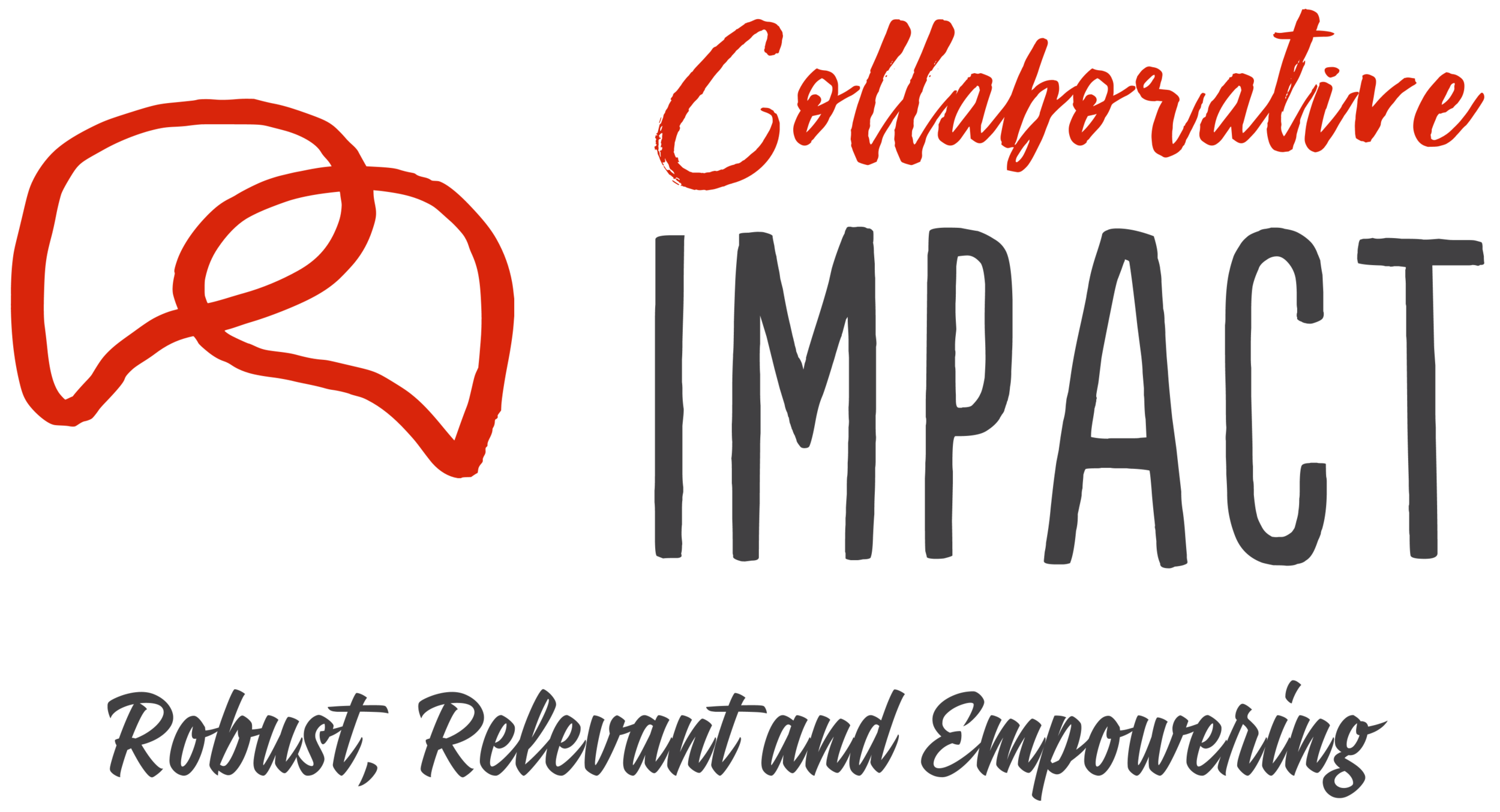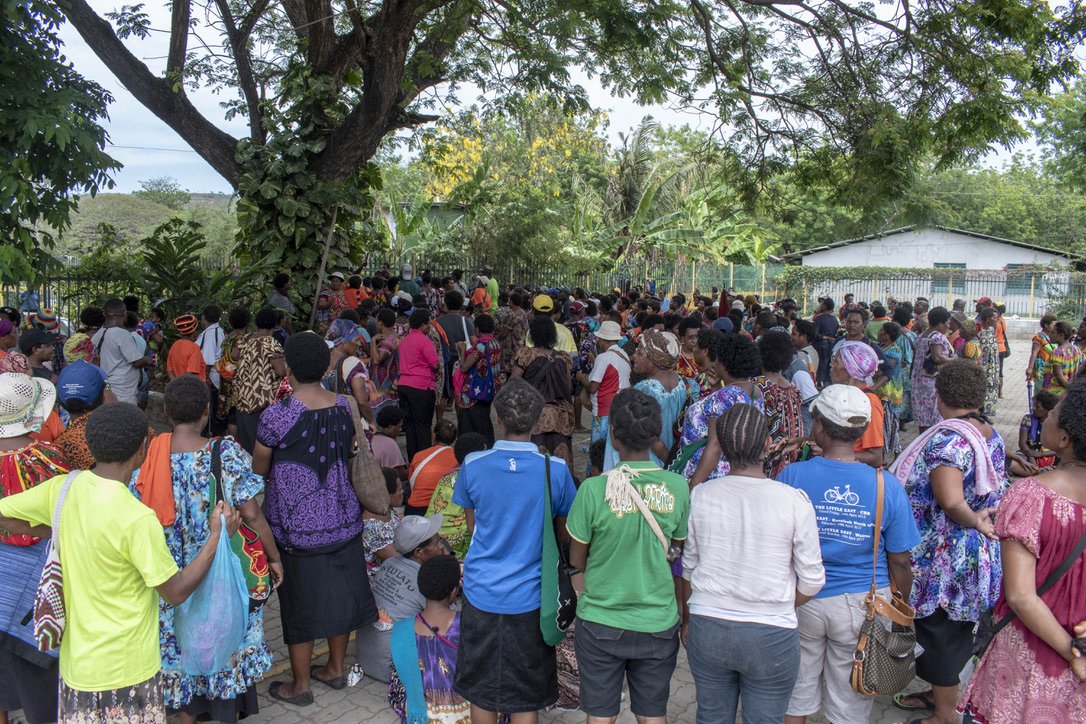CONTRIBUTION TRACING
Contribution Tracing combines Process Tracing and Contribution Analysis to rigorously assess contributions to system change and impact in complex programme configurations. It is an essential method and process element in our Participatory Impact Assessment and Learning Approach (PIALA), focused on assessing the depth or ‘systemic-ness’ of change in difficult-to-measure (typically complex systemic) contexts.
The method integrates Process Tracing and Contribution Analysis to assess complex causation hypotheses through an exhaustive search and systematic cross-checking of all available evidence from different inquiry streams and perspectives across the system.
It essentially involves:
The systematic collation and cross-checking of evidence alongside an evaluative Theory of System Change (ToSC); and
The progressive rating of contribution and strength of evidence at each stage or level in the ToSC, to establish confidence in the ‘valuation’ of contributions.
It follows similar steps as our Configurational Analysis method, but replaces most of its cross-case analysis (in Step 3) with a more in-depth and robust process tracing and contribution analysis process (in Step 2).
The level of rigour required in the 'valuation' process can vary, making it more or less demanding in terms of time and resources for analyzing contributions to system change. Where higher rigour is demanded, evidence gathering and cross-checking become more demanding, as a more fine-grained contribution and evidence rating system will be needed (drawing on, for instance, rubrics and multiple independent rating rounds).
Contribution Tracing is particularly useful for…
Evaluating the impact of innovative pilot projects aimed at systemic change through empowerment, with only a few pilots existing. This is illustrated by the Oxfam GB Effectiveness reviews we conducted (see Projects below).
Independently reviewing or assessing contributions to impact and sustainability across a broad investment portfolio, comprising diverse and often unique cases. Examples include our evaluations with DLP, Commonwealth Secretariat, UN Women in PNG, and IIED (see Projects below).
We combine the diffusion model and the iceberg model for describing and assessing system change and impact:
1. The diffusion model (Adopt-Adapt-Expand-Respond) focuses on bringing ‘breadth of change’ (i.e. significance through scale) through the diffusion of innovations influencing actors’ behaviours and ways of organising to address system underperformance;
2. The iceberg model focuses on bringing ‘depth of change’ through the empowerment of system actors, enabling them to collectively change the ways in which they interact and collaborate by changing the underlying beliefs/views, values/rules and mental models based on a shared vision. The premise is that if the focus is on bringing purely instrumental changes in behaviours (i.e. purely focused on bringing technical fixes to improve performance), then these changes will remain superficial and unsustainable as they can easily be reversed by the still-dominant beliefs/views, values/rules and mental models.










